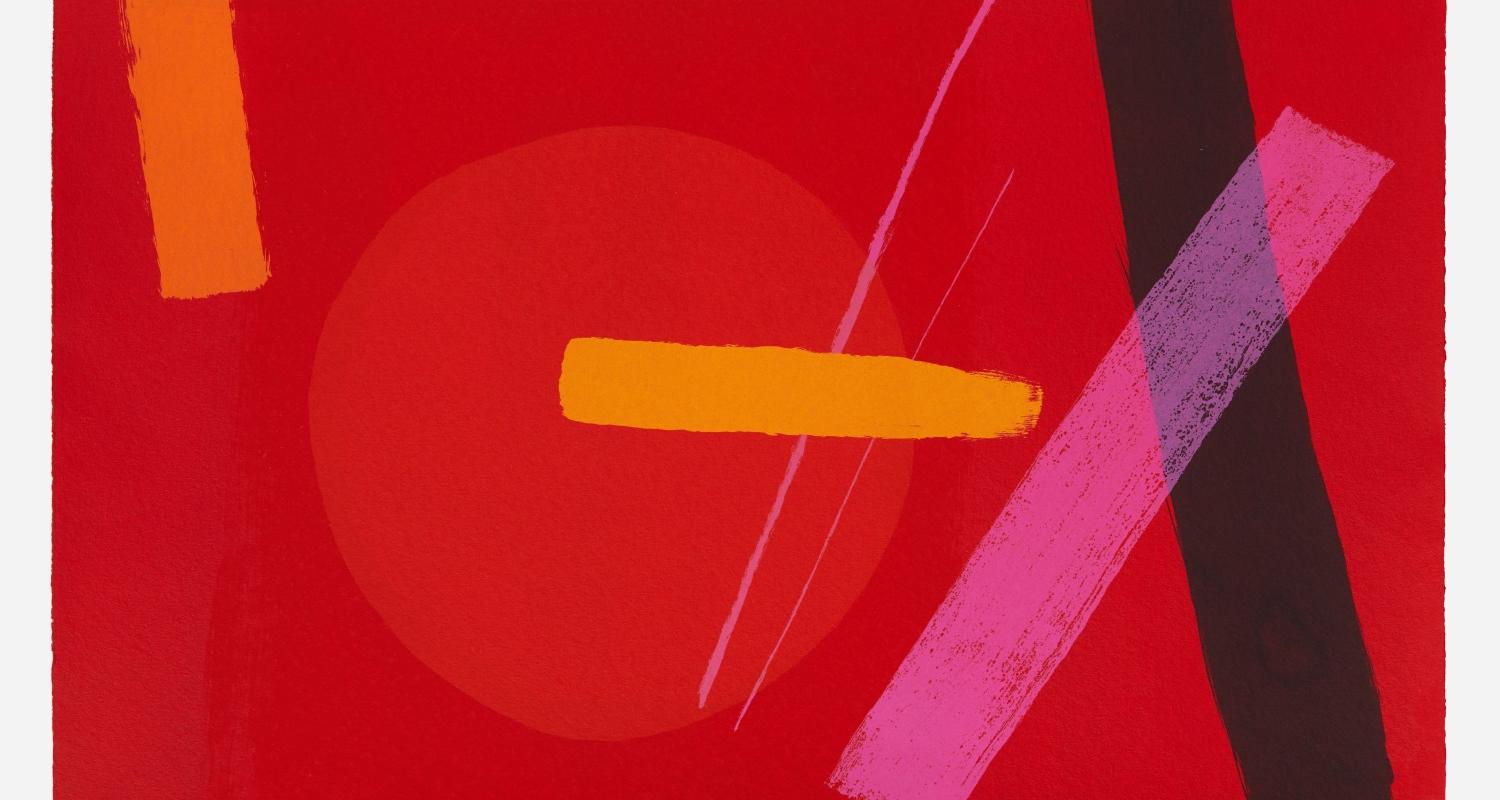Wilhelmina Barns-Graham had a prolific career that spanned over six decades. From 1940 when she arrived in St Ives, to 2004 when she died, she worked almost every day. She was first and foremost a painter, but throughout her working life she made prints. She made use of most print media including monotypes, linocuts, etchings and lithographs, but the medium she found most congenial, and in which she made most of her published prints, was screen-printing. The largest and most consistent body of her printed work was produced in the last five years of her life, in an astonishing burst of creativity, from late 1998 until literally a few days before she died. These were made in close collaboration with Carol Robertson of Graal Press, who had developed new techniques and materials for screen-printing. This talk will look at Barns-Graham’s printmaking practice culminating in the working partnership which facilitated this body of work.
Ann Gunn is Honorary Senior Lecturer at the University of St Andrews, where she taught postgraduate Museum and Gallery Studies. Before that she had a career in museums working with collections as curator, registrar and honorary curator at Nottingham Castle Museum and Art Gallery; The Art Museum, Princeton University, USA; and the Museums of the University of St Andrews.
She also ran her own gallery specialising in contemporary Scottish art and was Chair of Fife Contemporary. She has published on 18th- 20th century British art, with a focus on printmaking, and is the author of The Prints of Wilhelmina Barns-Graham: a complete catalogue, (2007) and The Prints of Paul Sandby (1731-1809): a Catalogue Raisonné, (2015). She was principal investigator for an RSE-funded project, Printmaking in Scotland in the 18th century and continues to research and write in this area.
A different way of working : The prints of Wilhelmina Barns-Graham
